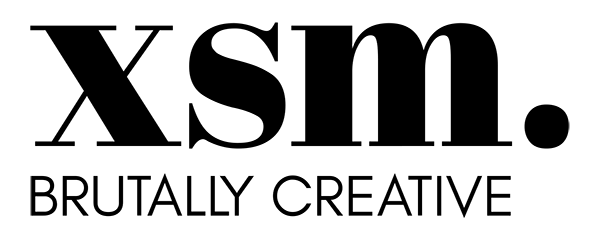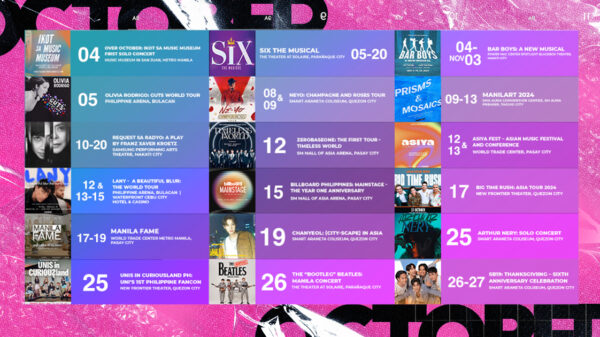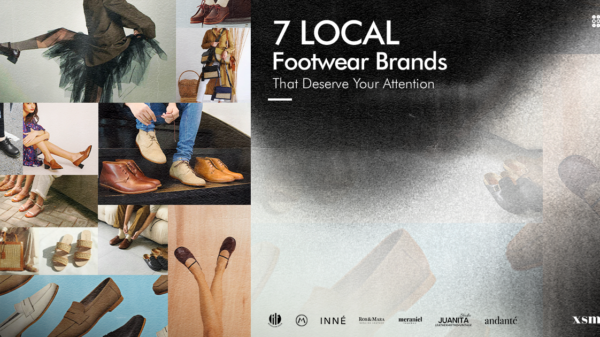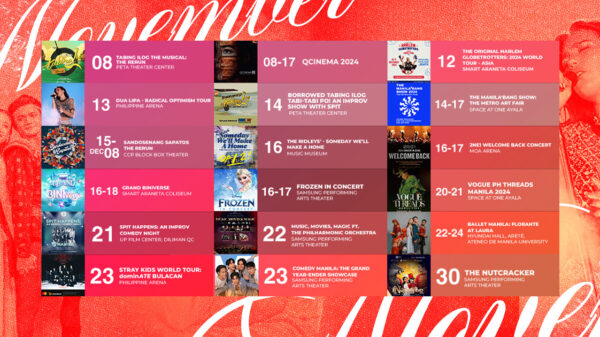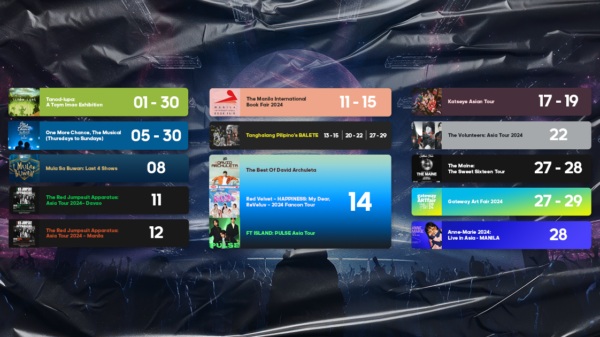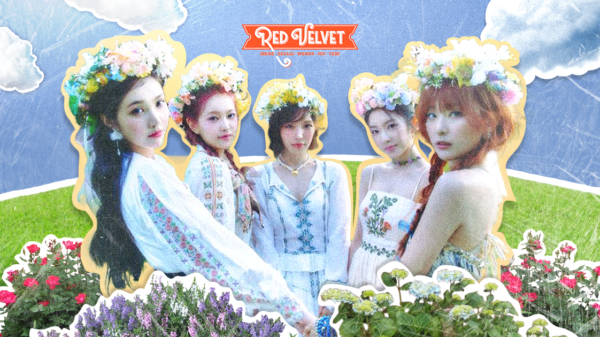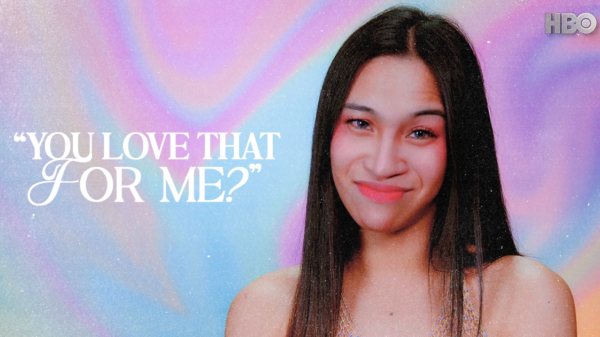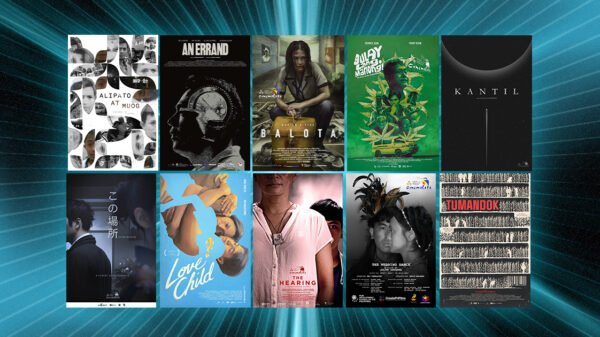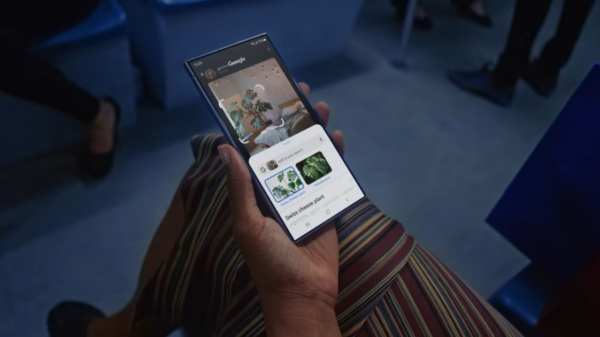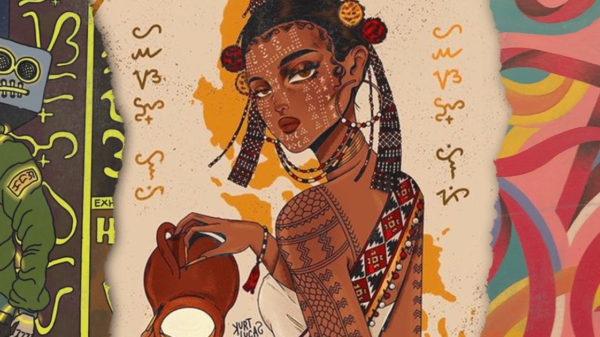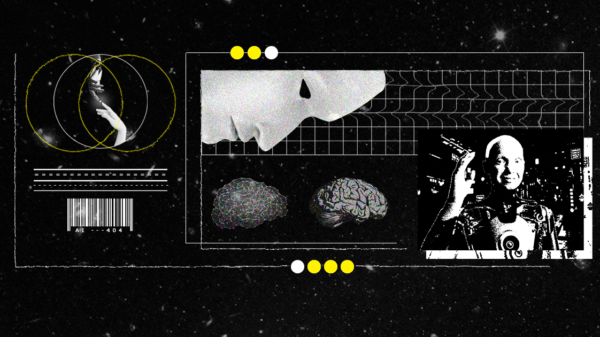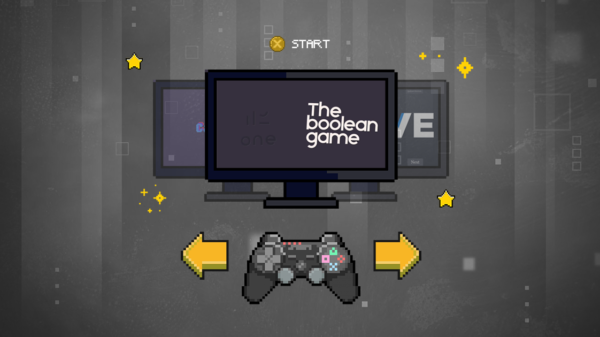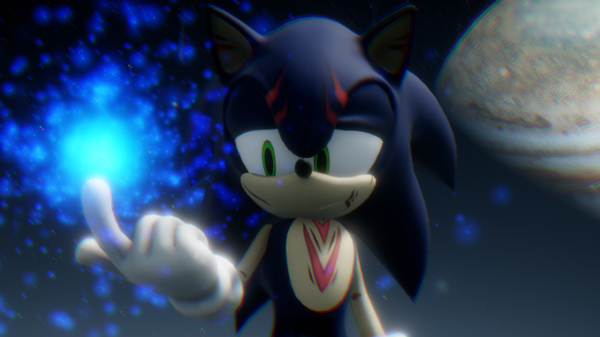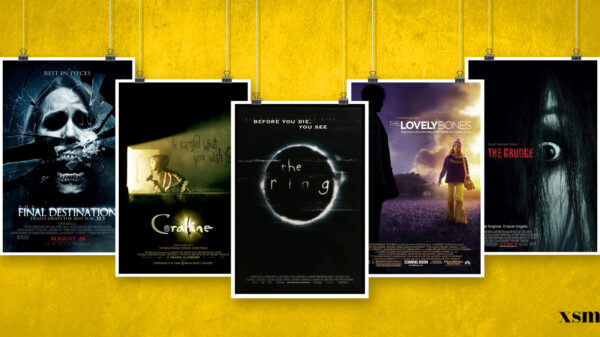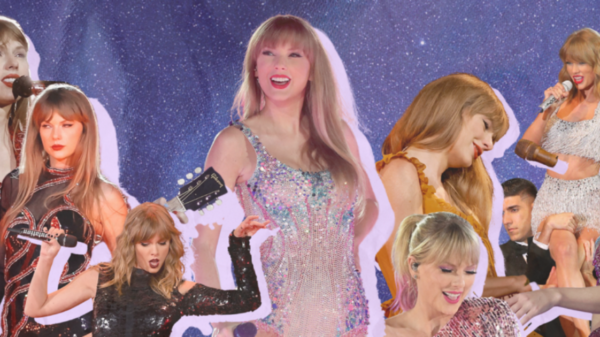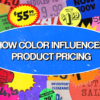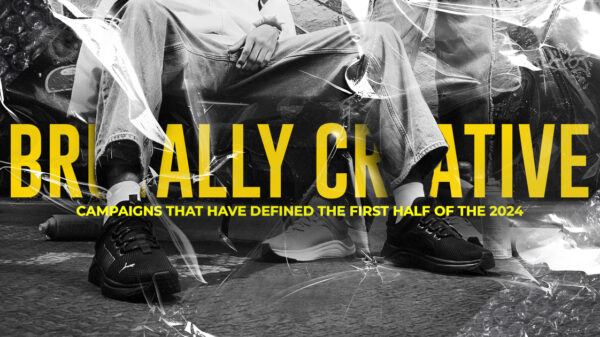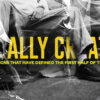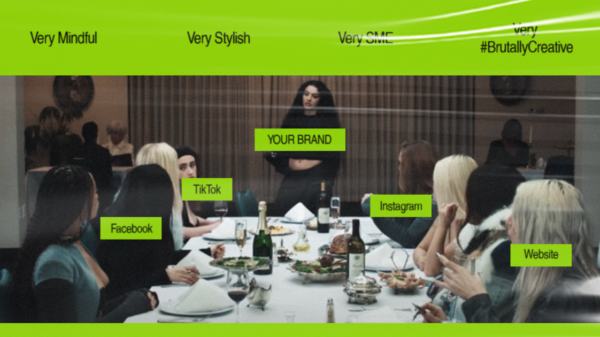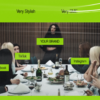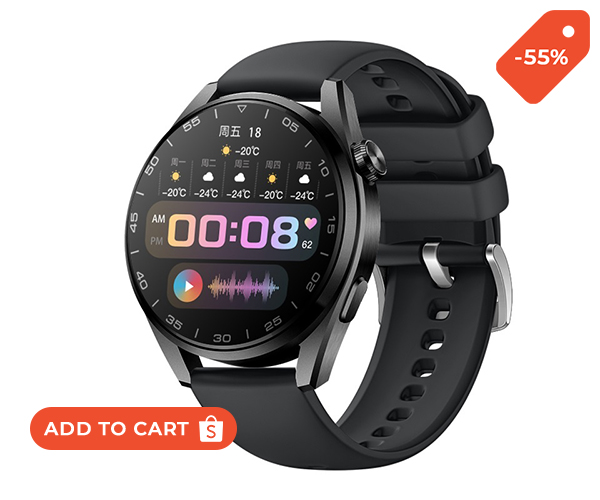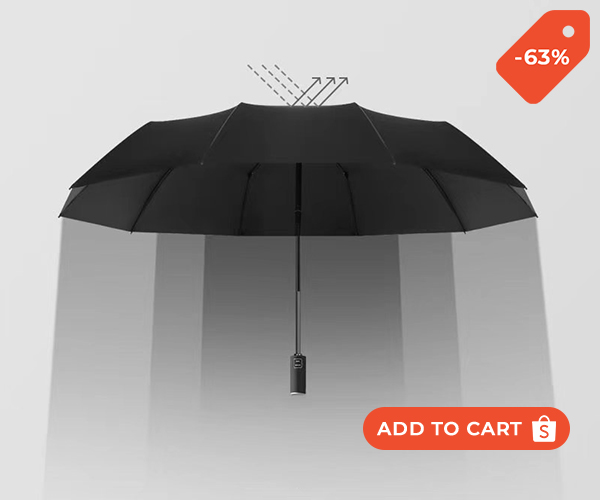In the unpredictable world of rock music, survival isn’t just about staying relevant—it’s about transformation. Linkin Park, the genre-bending titans who once made angst anthems like “Crawling” the soundtrack to a generation’s adolescent turmoil, have never been content to rest on their laurels. Their latest move? Re-entering the scene with Emily Armstrong, a ferociously talented female vocalist of the Dead Sarah rock band, and an unexpected twist: a brand-new logo. Together, these bold changes mark a marketing and branding masterstroke for the band.
Turning Tragedy into Transition
The tragic passing of Chester Bennington in 2017 sent shockwaves through the music world. Fans mourned not only a voice that captured the emotional intensity of a post-9/11 generation but also questioned whether Linkin Park could ever recover from such a loss. Fast forward to 2024, and the answer is clear: they didn’t just recover—they evolved.
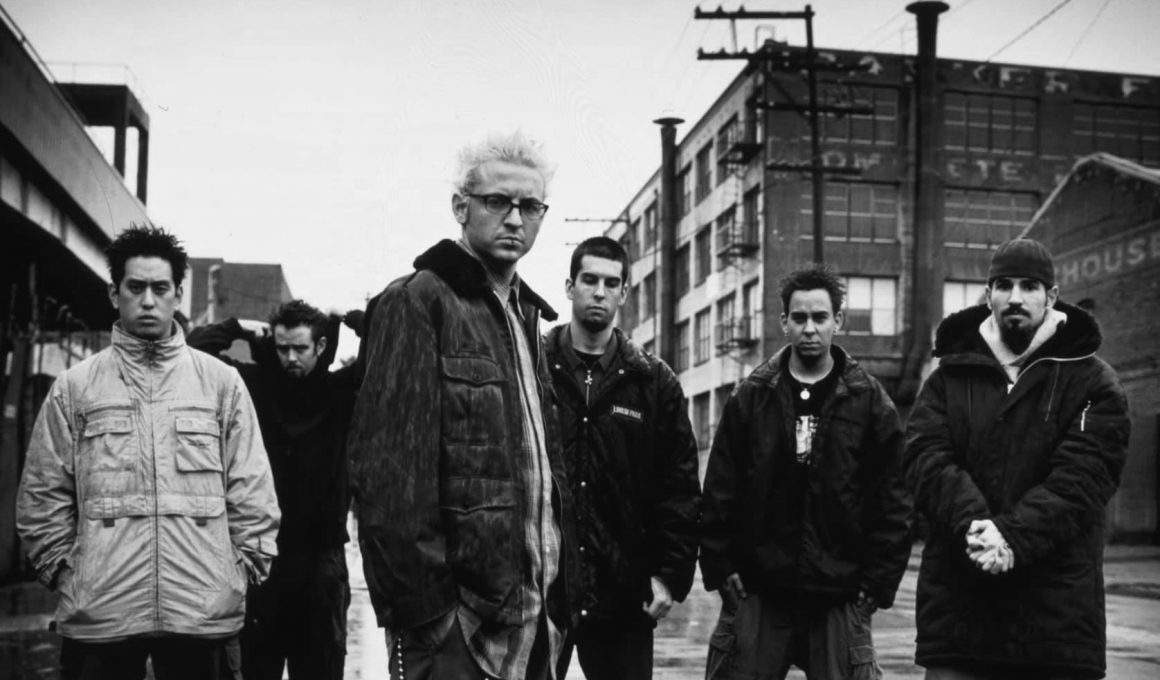
Linkin Park’s decision to bring in a female voice in Armstrong wasn’t just bold; it was marketing genius. In an industry where bands often flounder after losing iconic frontmen, Linkin Park didn’t look for a Chester 2.0. Instead, they went for something entirely new, injecting fresh energy into their brand while still honoring their legacy. To round out the new sound, the band brought in new drummer Colin Brittain, a rock producer with a deep understanding of the genre, who now brings his signature style to the drums, adding depth to the band’s revitalized rhythm section.
The Rebranding Move No One Saw Coming
Let’s be honest—nu-metal has been a boys’ club since day one. The genre’s aggressive fusion of rap, rock, and metal hasn’t exactly been a beacon of diversity. By bringing Armstrong on board, Linkin Park challenged not just their past but the entire genre’s status quo. The message was clear: we’re not just evolving our sound; we’re evolving our identity. And if there’s anything rock loves more than rebellion, it’s a game-changer.

But this wasn’t just about gender. It was about voice—literally and metaphorically. Armstrong’s gritty, soaring vocals are a bold counterpoint to Bennington’s haunting melodies, bringing an undeniable edge that fits the band’s legacy while forging a new path. This move brilliantly taps into two vital marketing trends: diversity and innovation. In today’s world, a band can’t just be good—they need to be progressive, inclusive, and ahead of the curve.
A New Sound, A New Look: The Logo Redesign
A new era for Linkin Park wouldn’t be complete without an aesthetic overhaul. Enter the new logo—a sleek, minimalist design that embodies the band’s reinvention. It ditches the angular, hard-edged aggression of their earlier designs for something more fluid and symbolic of their musical progression. Gone are the rough edges and distressed textures, replaced by a clean, modern symbol that speaks to the band’s forward-thinking approach.
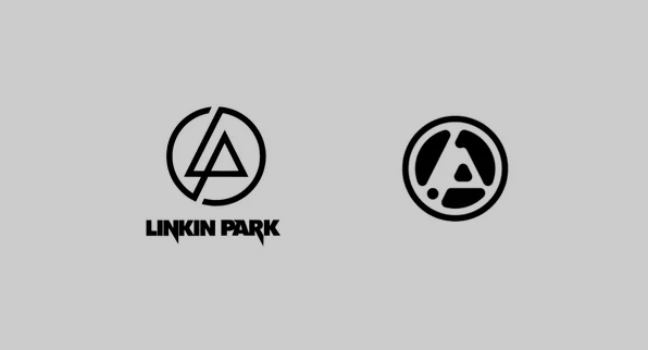
The logo’s unveiling coincided with the announcement of their album From Zero—a clever homage to their original name Xero and an emblematic reset for the band. It’s a perfect encapsulation of Linkin Park’s ability to merge the old with the new in their rebranding efforts.

The redesign isn’t just cosmetic—it’s strategic. A logo, after all, is more than just a graphic; it’s the face of a brand. For a band as iconic as Linkin Park, changing their visual identity could have been risky, but the new design reflects a sense of maturity and confidence. It aligns perfectly with their new lineup and the sonic direction they’re heading in—a band that’s no longer just about youthful rebellion, but about growth, inclusivity, and adaptability.
Marketing Masterclass: Evolution, Not Imitation
Linkin Park’s ability to keep their finger on the pulse of their fans has always been their strength. From “Hybrid Theory” to “Minutes to Midnight,” they’ve never hesitated to blend genres, making the unexpected their signature. With new members stepping in, they’ve taken a page out of the playbook of reinvention, channeling not just rock but the ethos of the modern era.
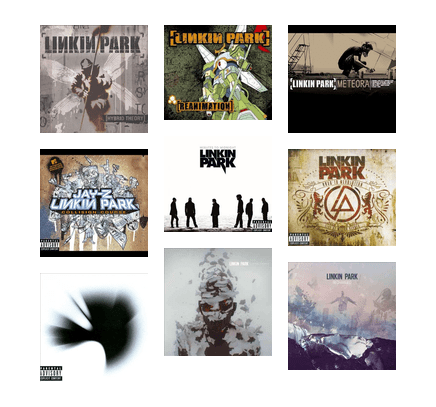
Incorporating a female lead vocalist expands their reach. With Armstrong, they’re poised to attract not only their loyal fanbase but also a broader demographic, including younger listeners and women who may have felt marginalized by the often testosterone-fueled tones of nu-metal. It’s a savvy rebranding move—one that positions Linkin Park as not only relevant but also pioneering a new sound and image.
Final Notes: Reinvention as Rock’s Lifeblood
Linkin Park’s comeback isn’t just a new chapter for the band; it’s a masterclass in how to navigate the treacherous waters of music branding. By embracing diversity, modernizing their image, and pushing into new sonic and visual territories, they’ve ensured that their evolution is seen not as an abandonment of their roots, but as the next step in their storied journey. The future of nu-metal, it seems, is in good hands—both old and new.

Their journey from loss to reinvention, from One More Light to From Zero, stands as a shining example of how rock, when handled with care and vision, can evolve without losing its soul. This new era of Linkin Park is a marketing case study wrapped in riffs and rebellion, it’s not just the sound of Hybrid Theory that’s ringing in our ears—it’s the sound of progress.


